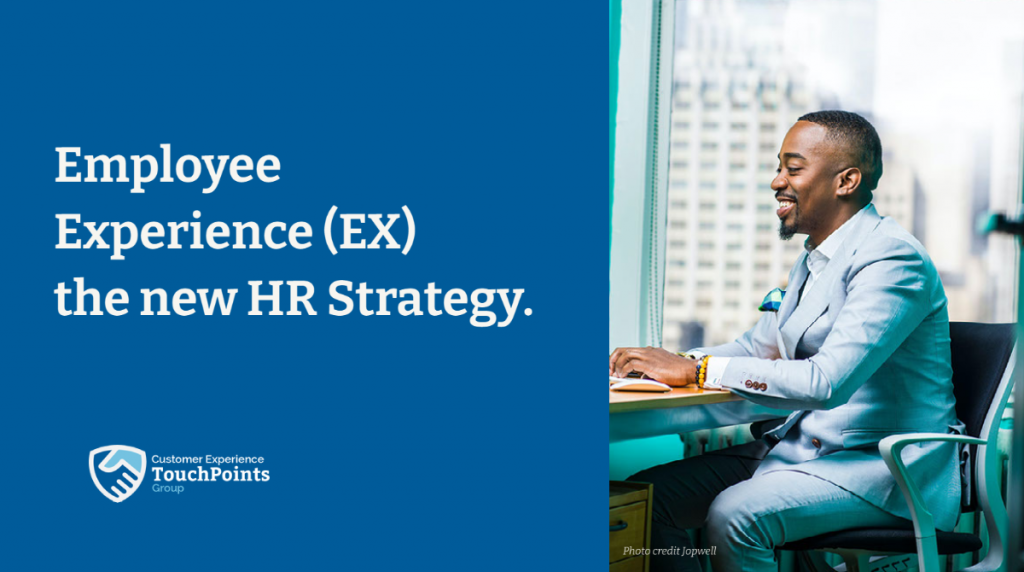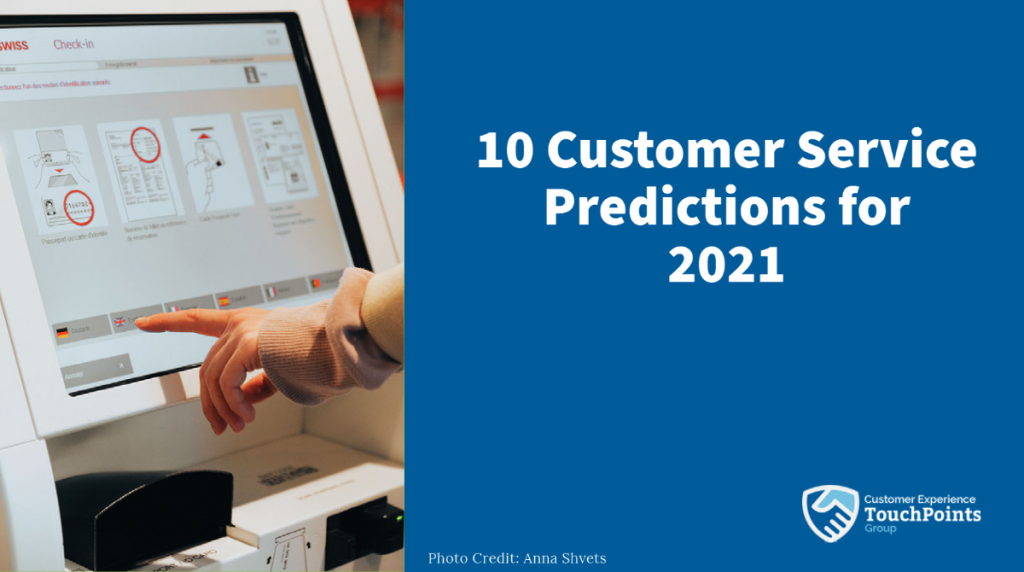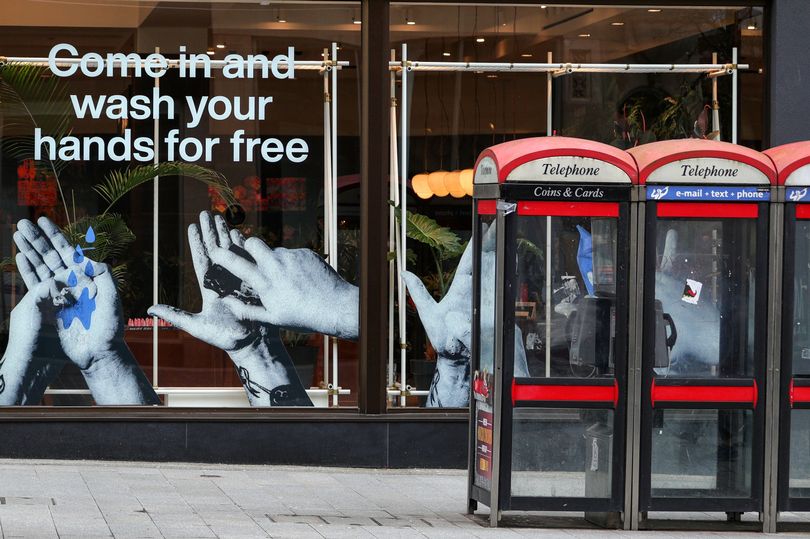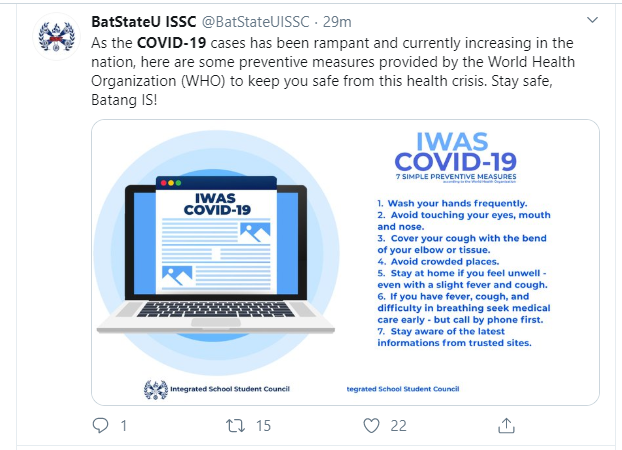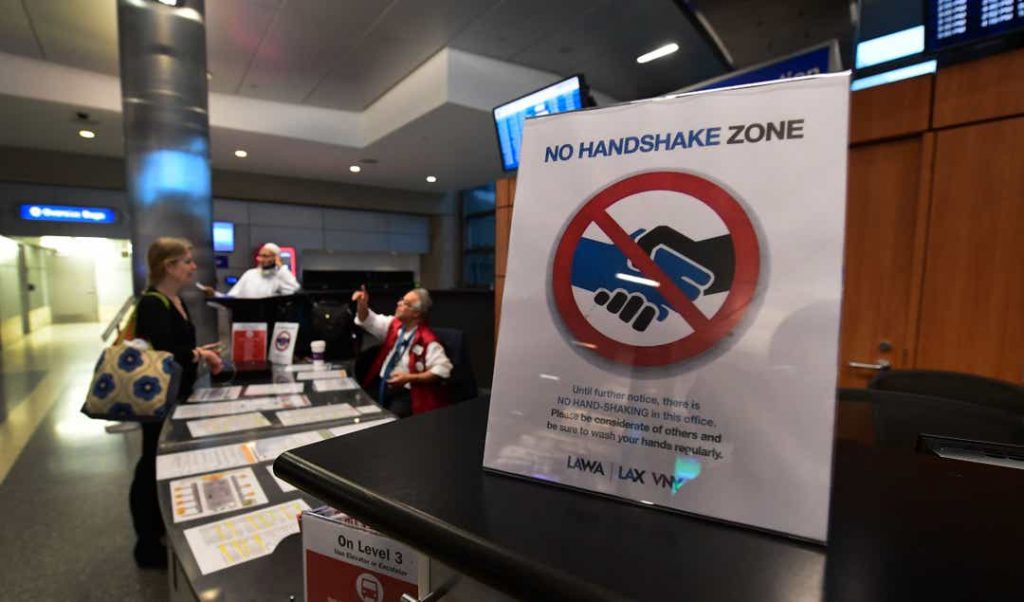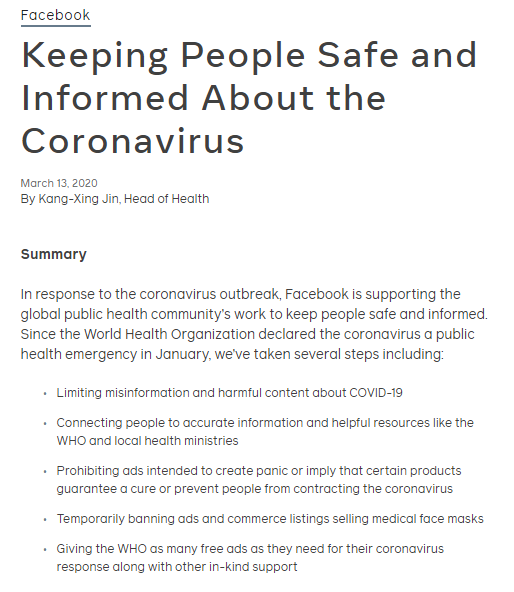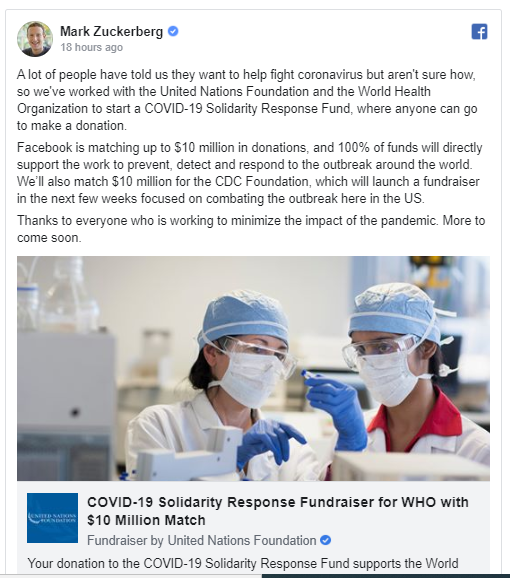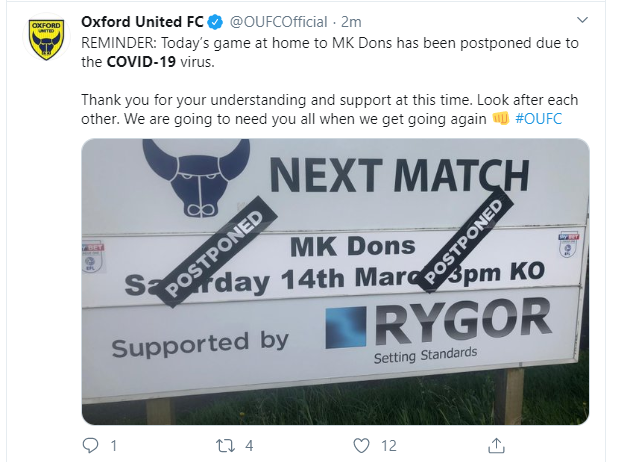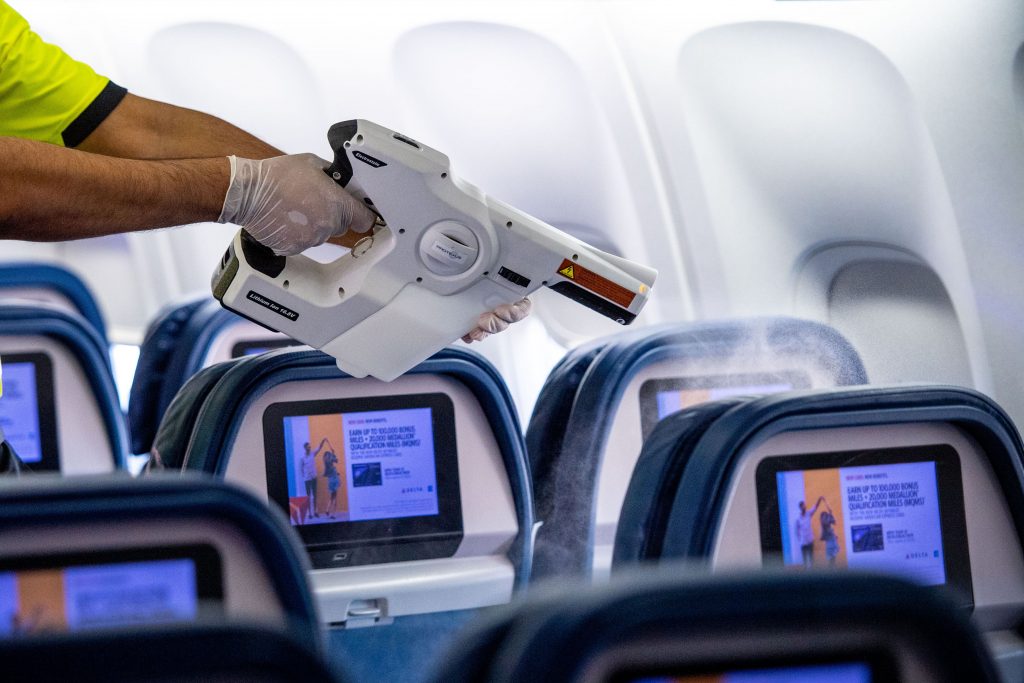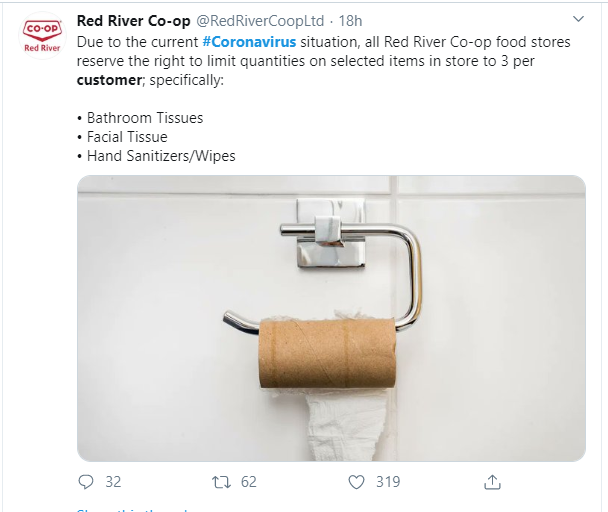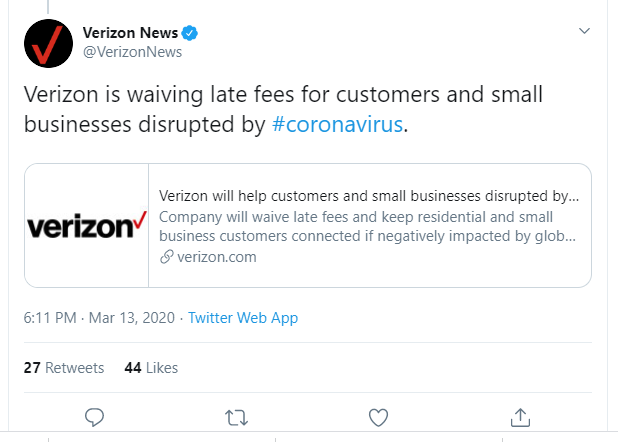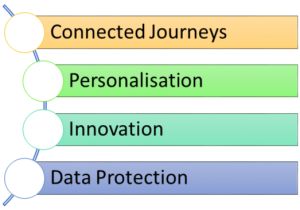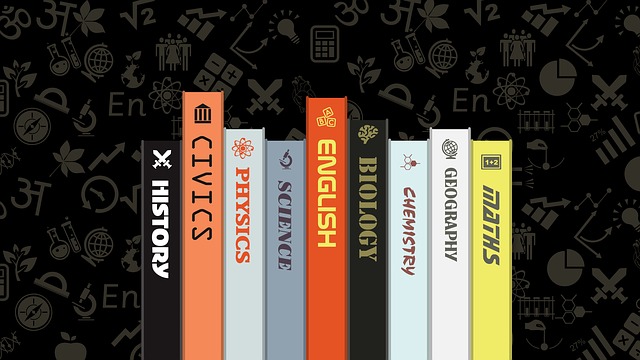Employee Experience (EX) the new HR Strategy.
This article defines the concept of employee experience, identifies the different phases in the employee experience journey, reviews the role of the employee as the ‘consumer of the workplace’, and looks at employee experience in the post-COVID era. The goal is to clarify the concept of employee experience and justify the importance of putting employee experience at the centre of your customer experience strategy.
What is employee experience (EX)?
Employee Experience, commonly denoted as EX, represents all those interactions an employee has with a company from the time the employee sees the job offer to the time this employee walks out of that company. This entails everything an employee sees, feels, learns and does in an organization before, during and after working with them. Employee experience looks internally into what creates satisfied and productive employees.
In a world where monetary motivation is no longer the primary objective of employees, employers need to prove to their employees that they matter to the organization. Talent acquisition and management have become more sensitive and organizations now leverage their people strategy as a key competitive tool. The customer is king. The employee is the queen. Using this metaphor, the employee is the queen who stands by the king. Taking care of the king’s well-being (customer) as well as that of the kingdom (organization). If the employee is not happy or motivated, what kind of service will the king (customer) receive?.
A motivated, happy and skilled employee is more likely to deliver good service, create a delightful customer experience, thus increasing customer loyalty and creating more value for the organization.
John Plaskoff asserts that the role of employee experience is to design working conditions that foster employee care. Employee experience is “the new human resource management approach”. HR should be more employee-oriented because customer satisfaction starts or depend on the kind of service or attitude an employee portrays to a customer. This is the best approach for the modern workplace as it enables the total devotion and empowerment of employees.
The four phases in the EX journey.
An organization should focus more on understanding the employee life cycle. Knowing the stages of the employee lifecycle makes it easy for management to identify how employee needs evolve. One fundamental mistake organizations make in their employee experience efforts, is using a one-cap-fits-all approach. The priorities and concerns of employees are constantly changing. Not being able to capture this change and effectively address the issues that matter most to employees has a major impact on their engagement, productivity and retention.
With insights from over 144,000,000 employee feedback data points obtained from 1000 plus companies in over 160 countries, Peakon identifies 4 phases in employee experience, then goes further to state and explain how employees react at each stage and what management needs to do. These stages include; onboarding, Initial development, Ongoing Development and Separation.
- Onboarding; this stage can last from 0 to 3 months, at this point the employee is not yet familiar with the new environment, so management should create conditions for the employee to feel comfortable because this is the most important stage since first impressions last long.
- Initial development; here, an employee starts to master their role, the internal processes of the company, develop relationships with other team members, and tries creating an impact in the company. This stage varies from 3 to 9 months. This is a strategic phase to speak with employees about their career goals and outline a growth plan. At this stage, the investment made in building their skills will set them up for future success.
- Ongoing development and retention; after about a year or more, the employee must have gained enough experience and knowledge that they become part of the company’s valuable members. At this stage, an employee will like to take on a new challenging task. Management can retain them by offering a new role or more challenging tasks to prevent them from seeking new opportunities elsewhere.
- Separation; this stage is inevitable in a company no matter how good their employee experience is. The most important thing here is for the separation to be done in peace so that management will know the real cause of the employee departure and ameliorate.
The employee is the ‘Consumer of the workplace’.
Gallup Inc defines employee experience as a journey an employee takes with an organization. It includes all the interactions the employee has with an organization before, during and after he/she leaves the company. The employee is the “consumer at the workplace” thus the need for increased interest in having a better employee experience.
Today’s employees are not only motivated by a paycheck. They need a more collaborative and supportive work environment. They want to work for an organization that permits them to enjoy their lifestyle. They need more work-life balance and jobs that give them personal wellbeing. Perceiving the employee as the consumer of the workplace entails paying attention to the moments that matter most to them.
Gallup Inc proposes 3 key phases in the development of a comprehensive employee experience strategy.
– Aligning the employee experience to the organizations’ purpose, brand and culture. As such the experiences we design should reflect our purpose, brand and culture. Employees must experience what we preach and become an integral part of the culture we seek to build.
– Focusing on the 7 key stages of the employee lifecycle. Attract; recruiting top talent (1). Hire; pick the stars (2). Onboard; affirm the decision (3). Engage; build strengths and purposes (4). Perform; drive expectations (5). Develop; coach career growth (6). Depart; positive exit experience (7).
– Remembering the employee’s core needs at every stage. The focus here is to understand certain key aspects at the core of the employee’s interaction with the organization. Questions we must answer include: What is the quality of the relationship employees have with their managers? Is their role in the organization clearly defined? What value do they bring to their team? What is the nature of their space and place of work and how does this affect their work? How is their wellbeing affected by this job?
The idea is to develop a comprehensive employee experience strategy that is capable of improving the employee experience and creating more value for the organization. Employee experience entails making sure that the basic psychological needs of employees are consistently met, so that they are physically, emotionally and mentally fit at the place of work. An engaged employee is creative and innovative, which is excellent for the organization.
Post-COVID Employee experience.
A 2020 McKinsey research examines factors that lead to employee engagement, work effectiveness and wellbeing during and after the crisis. It highlights several observations and sheds light on the post-crisis employee experience. A key observation made is that the introduction of remote work has given employees a stronger sense of wellbeing, leaving them more engaged at work than employees in non-flexible and non-remote roles.
This study further proposes practical steps management can take to support and improve employee experience in the post-crisis era. Some of these strategic orientations include:
– Being continually present, empathetic, transparent and action-oriented. The actions and care demonstrated by leaders during the crisis must not end now. Management must build on the trust and affiliation earned through their management of the crisis.
– Going beyond the basic employee needs of safety and security to building trusting relationships, social cohesion and individual purpose. While safety and security were a major concern during the crisis period, in the post-crisis era, management must commit to meeting the broader needs of employees by focusing on drivers of work experience, effectiveness and wellbeing.
– Understanding that just like external customers, employees are unique. Make use of new technologies and data analytics to better segment employees thus fully understanding their needs and providing more personalized experiences.
5 reasons why you should improve your employee experience.
- It creates a working climate that promotes performance.
- It improves teamwork and collaboration.
- It builds a strong organizational culture and a unique corporate identity.
- Your employee satisfaction has a direct effect on customer satisfaction.
- It permits you to attract and retain the right talent for your organization.
Conclusion
Irrespective of the number of employees in your team or the industry in which you operate, you must be conscious of your employee experience strategy. It begins with identifying the purpose of your organization, then the people you need to attain this purpose. Next, it is important to identify the role each person has to play as well as the skills they need to play this role. Once this is clearly defined then we proceed to design and deploy the experiences. It is primordial at this phase to identify the drivers of employee wellbeing and performance, then put in place an environment that permits to create value for the employee and value for the firm.
_____________________________________________________________________________
Authors
Mbinkar Kpunsa Fomunyuy , Nkouekam Elibere Chancellore
______________________________________________________________________________
Employee Experience (EX) the new HR Strategy. Read More »

